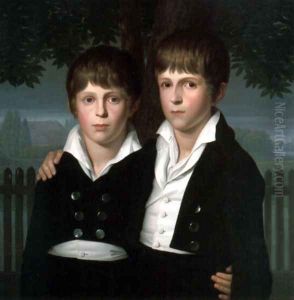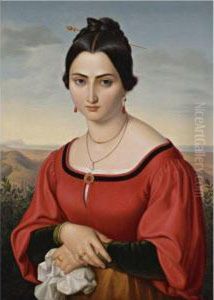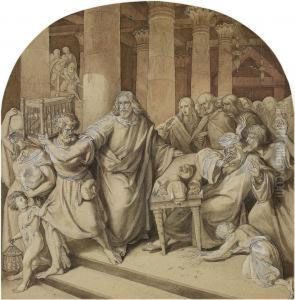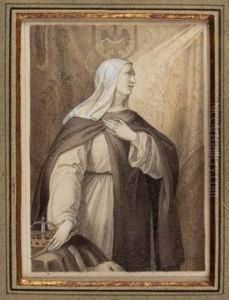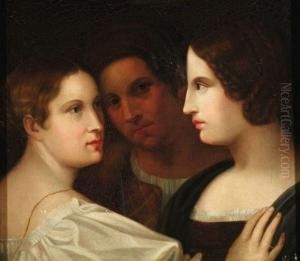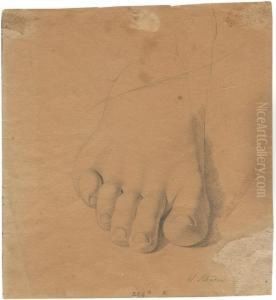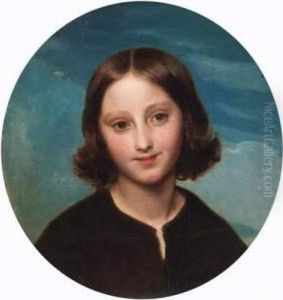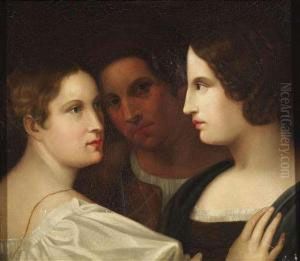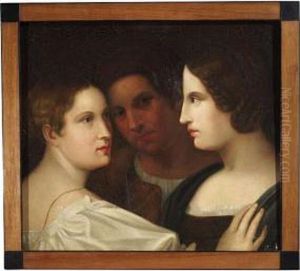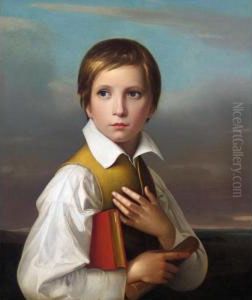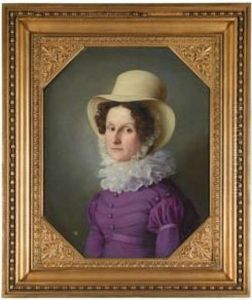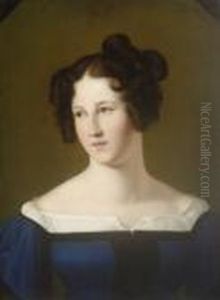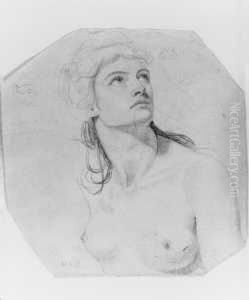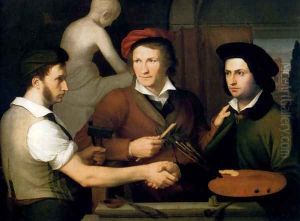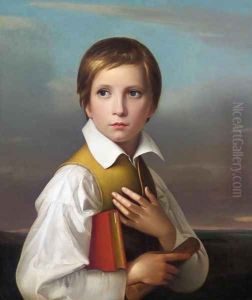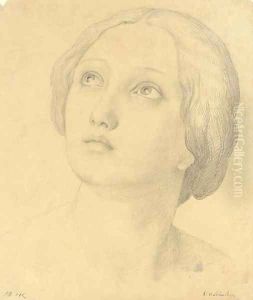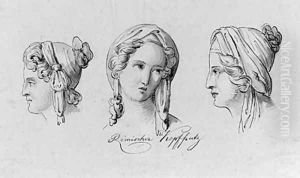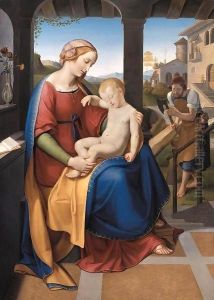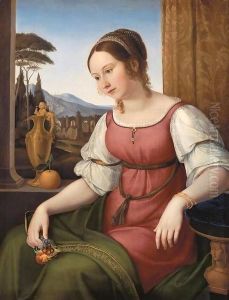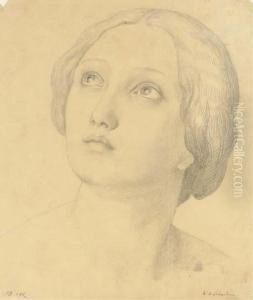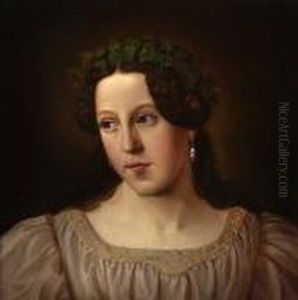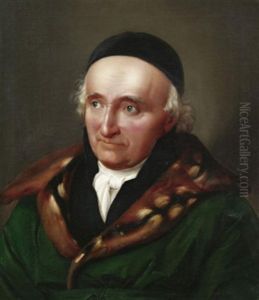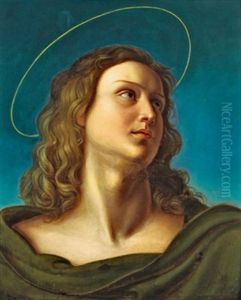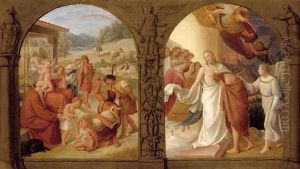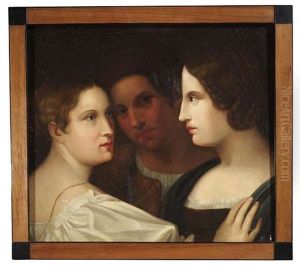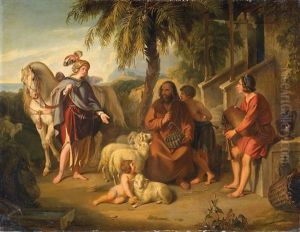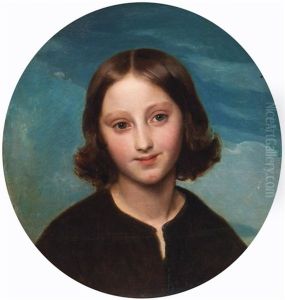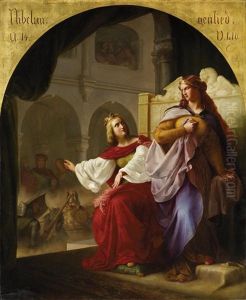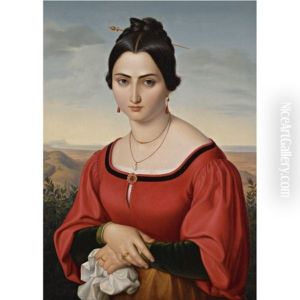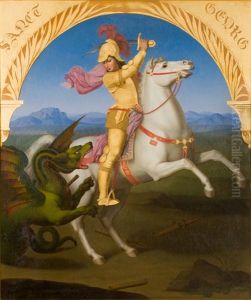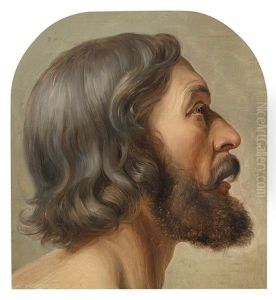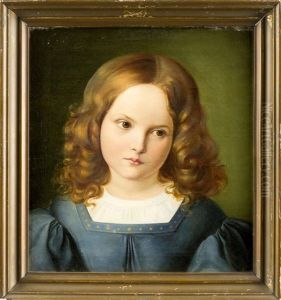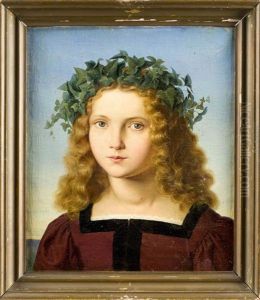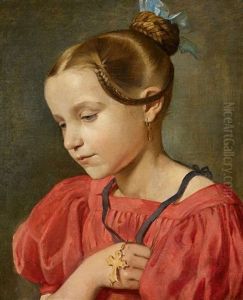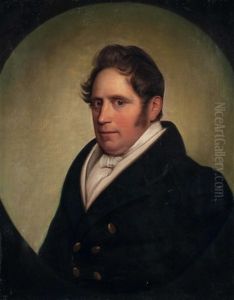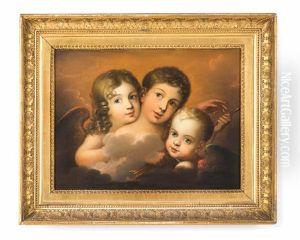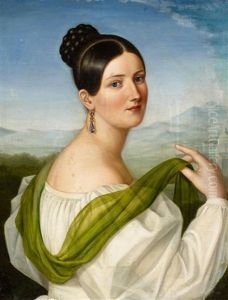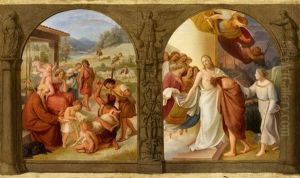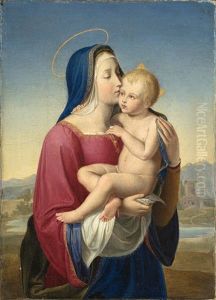Friedrich Wilhelm von Schadow Paintings
Friedrich Wilhelm von Schadow was a prominent German Romantic painter. Born on September 6, 1788, in Berlin, he was the son of the famous sculptor Johann Gottfried Schadow. He inherited a profound artistic legacy from his father, which deeply influenced his career choice and style. Von Schadow studied at the prestigious Berlin Academy from a young age, and his talent quickly became evident.
After his initial education, von Schadow furthered his studies under the guidance of the well-known classicist painter, Friedrich Wilhelm von Schadow, who had a significant impact on his artistic development. Von Schadow's early works were marked by a focus on religious and historical subjects, expressed with a strong sense of emotion, characteristic of the Romantic movement.
In 1810, von Schadow moved to Rome, where he became a member of the Nazarene movement, a group of artists who sought to revive the purity and spirituality of medieval and early Renaissance art. His time in Italy was transformational, as he absorbed the influence of the Italian masters and the Nazarene's devotion to religious and historical accuracy in their work.
Von Schadow returned to Germany in 1819 and took up a position as the director of the Düsseldorf Academy, one of the most influential art schools in Germany at the time. Under his leadership, the academy flourished and became a hub for Romantic painters. His teaching and directorship helped shape the careers of many artists who would go on to become significant figures in the German Romantic movement.
His own artistic output during his tenure at the academy included several large-scale religious works, which were well received for their devotional intensity and technical mastery. Von Schadow's style evolved over time, but he remained committed to the ideals of the Nazarene movement throughout his life.
Friedrich Wilhelm von Schadow's contributions to German art were not limited to his paintings; his role as an educator and advocate for the arts was equally significant. He died on March 19, 1862, in Düsseldorf, leaving behind a legacy that continued to influence German painting for generations. His works are preserved in many museums and collections, serving as a testament to his skill and dedication to the Romantic ideals of art.
